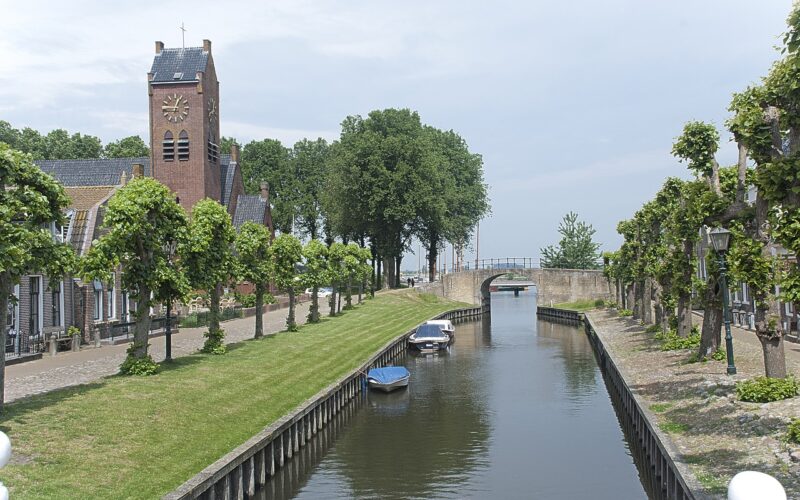Regenerating Communities
Do you know what it takes to regenerate a neighbourhood? There is no single answer, but for those looking for a way to build stronger communities with better quality of life there's some great news. The key is in regenerating neighbourhoods so that everyone can benefit from the positive impact of having thriving businesses, green spaces and improved infrastructure.
Why is it important to neighbourhoods
Regeneration is a buzzword that has been circulating in urban planning and development circles for years. Simply put, regeneration refers to the process of improving or revitalising a neighbourhood or community. This can include anything from renovating dilapidated buildings to designing new public spaces that serve the needs of local residents. The importance of regeneration cannot be overstated as it has the potential to transform entire communities.
Not only does it improve the physical environment, but it also creates economic opportunities and enhances social cohesion. When residents feel that their neighbourhood is thriving and improving, they are more likely to feel pride and invest in their community. Regeneration is about creating vibrant, inclusive spaces for all, and it is a crucial component of building sustainable, liveable cities.
Benefits of regeneration
Regeneration is much more than just a buzzword or a hot topic in urban planning circles. It's a process that has the potential to transform communities and significantly improve the quality of life of its residents. By revitalising underutilised spaces, regenerating neighbourhoods and enhancing access to public transport and other services, community regeneration creates opportunities for local businesses to thrive, helps attract new investment, increases employment opportunities, as well as offers better access to health and educational facilities.
In essence, regeneration provides a fresh lease of life to communities, making them more attractive, vibrant, relevant, and prevents them from stagnating. The benefits of regeneration are numerous, and they impact people in ways that are both visible and profound. It's an investment that pays off in the long run and helps create a lasting legacy for the people who live in these communities.
Different types of regeneration
Regeneration projects have become increasingly popular in recent years as a way to revitalise struggling communities and boost local economies. There are a variety of different types of these projects, ranging from infrastructure improvements to housing developments to cultural initiatives. Each approach has its own unique impact on the local community, with some focusing on creating new job opportunities and others on preserving historical landmarks.
Some projects have faced criticism for their potential to displace long-time residents or disrupt existing communities, while others have been praised for their ability to bring new life and excitement to once-neglected areas. Ultimately, the success of a regeneration project depends on a variety of factors, from its specific goals to the level of community involvement and support.
Challenges faced during regeneration projects
Regeneration projects are essential to the growth and development of cities, but they often come with their own set of challenges. One significant challenge is the resistance from existing communities and businesses who do not want to see changes to their way of life. It is crucial to engage in meaningful dialogue and consultation with stakeholders to mitigate these concerns. Another challenge is the financing of regeneration projects, which can be expensive and time-consuming. Collaboration with private and public sector partners can overcome this challenge by leveraging resources and mobilising expertise.
Lastly, it is important to manage expectations and communicate clearly the timeline and outcomes of the regeneration project to avoid disappointment and frustration. By addressing these challenges head-on, regeneration projects can be successful and have a positive impact on communities.
Success stories
Regeneration projects are a vital process for many areas that need a new lease of life. Fortunately, many successful case studies have been established around the world. One of these is The High Line, a public park in New York City. The park was once an abandoned railway track that was transformed into a botanical wonderland amidst the bustling city. The park is a testament to how old, unused spaces can be transformed into thriving, vibrant communal areas.
Another successful example is King's Cross in London. The once grimy, industrial area has been transformed into a thriving business and social hub, featuring parks, restaurants, and stores. These examples prove that urban regeneration projects can not only bring communities together but can also attract businesses and tourists to an area. Successful regeneration projects can reinvigorate an area, bringing a breath of fresh air to its surroundings.











